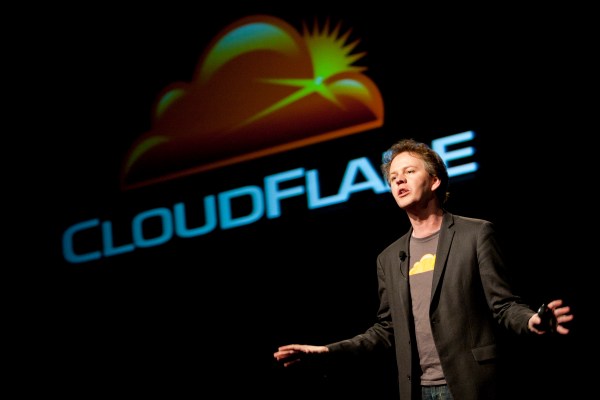Earlier this year, the specs for HTTP/2 — the successor to the HTTP protocol that powers the web — were finalized. But as with any technology that aims to replace such a fundamental part of the Internet, it takes a while before people adopt it. The number of HTTP/2 sites is going to double today, though, as Cloudflare now defaults all of its free and Pro users to the new protocol (higher-tier customers can opt in to using it).
As CloudFlare CEO Matthew Prince tells me, the company believes that this move means it will now power 75 percent of HTTP/2 deployments across the top 1 million sites according to Alexa.
“The last time the underlying protocol of the Internet changed was in 1998, so we’re pretty excited we’re playing a large role in pushing support for the protocol that represents the Internet’s future,” Prince said.
Cloudflare actually started to quietly turning on this service last week so it could get its now 4 million customers and 70 data center locations onto the new protocol without issues. “Because we can segment both by user type as well as geographically, it allows us to stage a deployment such that by the time it is globally available to all customers, we know exactly how it will perform,” Prince told me.
HTTP/2 is, in many ways, based on the work Google did with SPDY. It allows for significantly faster connections and makes it easier to stream lots of objects to the browser in parallel without the overhead that HTTP/1.x come with.
Cloudflare still supports SPDY, by the way. Prince says the company decided to do this because the team was concerned that completely replacing SPDY with HTTP/2 could actually make the Internet slower. “Some providers have decided to tear out SPDY and replace it with HTTP/2,” he said. “The problem is that there are still more active browsers that support SPDY than that support HTTP/2.”
So how much faster is HTTP/2 compared to an HTTP/1.x connection? Cloudflare says it is seeing about a three second improvement in page load times on the average site on its network. Prince also noted, though, that the performance difference between a SPDY connection and an HTTP/2 connection isn’t all that dramatic.
Despite all of these advantages, CloudFlare isn’t turning on HTTP/2 by default for its Business- and Enterprise-tier customers. Prince tells me that he recommends them to do so, but for now, Cloudflare is making it optional for these users who would probably like to have a bit more control over their infrastructure than most of the company’s users. Starting sometime in the next year, though, Cloudflare will default all of its new customers in those tiers to HTTP/2, too, though.
